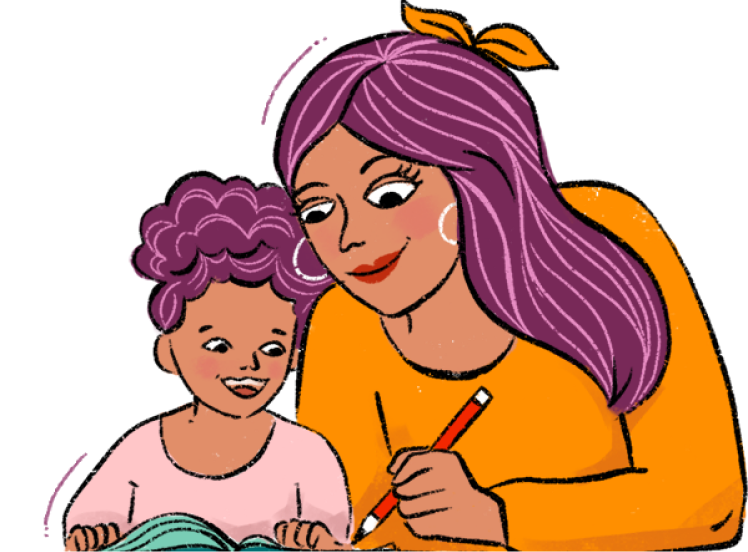Despite thinking I was completely prepared when my son was born two years ago, I found myself rushing out to the store just a few days after he was born. My little guy was fussy and seemed quite uncomfortable. What had I forgotten? Gas drops! Now, I make sure all of my expecting friends buy those drops prior to their baby's arrival. There are just some things you need to always have on hand when you have kids, but it can be tough figuring out what's actually necessary and what can wait. So your medicine cabinet doesn't end up looking like something out of an episode of Hoarders, we've compiled a list of the 10 things every parent needs to have at all times. Check them out below.
Read more ¿Qué más?: The flu shot: What every mom should know
Medications:
Gas drops. With their still immature digestive systems, newborns and infants tend to get gassy after each feeding, which makes them fussy and uncomfortable, and no one wants to see their tiny bundle of joy like that. Infant gas drops are inexpensive, one bottle last a long time, and they are safe to administer after each feeding.
Acetaminophen. The safest pain reliever for babies and children is acetaminophen. You'll want to have this stuff on hand from birth through adolescence to help handle soreness due to vaccinations, teething, growing pains, bumps and bruises, and various other illnesses. Make sure you choose the appropriate formulation for your child's age.
Ibuprofen. Ibuprofen lasts longer than acetaminophen, though it's not as gentle. However, it's a great thing to have around for more serious aches and pains, especially those that can interrupt sleep, like ear infections and sore throats. Again make sure you have the age appropriate version for each child.
Saline drops/spray. Cold, flu and allergy medications are not recommended for children under the age of 6. One of the only things you can do to help a small child suffering from a stuffy nose is to administer saline drops or spray, which is approved from birth onward. Even older children and teens will get tons of relief from saline.
Vapor Rub. This stuff works miracles for sore throats, nasal congestion and even sore muscles. The classic version isn't recommended for babies under 2 (though I admit, I did use it on my son's back and feet before that age), but there is a baby version as well. Again, because cold medicine is a no-no, vapor rub is a life saver.
Antibacterial ointment. Whether you go with a tube of triple antibiotic ointment or a more natural treatment like unrefined coconut oil or Vitamin E oil, you'll always want to have something to heal and soothe cuts, scrapes and burns.
Supplies:
Thermometer. There are tons of thermometer options available, but the most basic quick-read digital version is good enough to let you know whether your child needs to see a doctor. You should always have one around, because kids tend to spike fevers frequently, but it's really only a cause for concern if it's over a certain temperature.
Bandaids. This one is pretty self-explanatory. Kids are clumsy–they trip, they fall, they get scraped up. You'll need a big box of bandaids to cover up all those owies.
Hand sanitizer. Kids are busy and often don't like to stop long enough to wash their hands. It's a lot easier to give them a squirt of hand sanitizer and let them be on their way than to try to wrangle them at the sink when they just want to take off. I like to use a non-toxic alcohol-free version.
Ice packs. You can of course just throw a few ice cubes in a wash cloth, but I've found soft gel ice packs to be really useful with my toddler. Kids–and even babies–will often bump their heads, knees and elbows, and while it doesn't always need to be iced, on the occasion it does, these mess-free ice packs are an easy solution.
Image via Thinkstock




